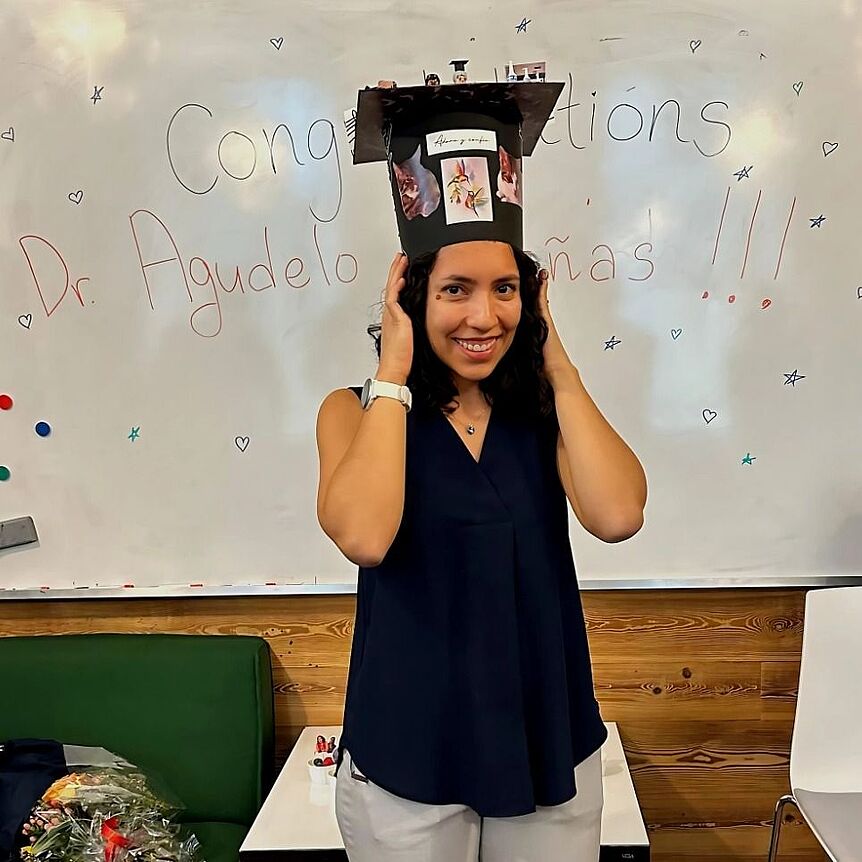Julia Westermayr wrote her dissertation in the group of Leticia González at the Institute for Theoretical Chemistry on the topic "Machine Learning for Excited-State Molecular Dynamics Simulations".
The award highlighted her work on tyrosine:
Deep learning study of tyrosine reveals that roaming can lead to photodamage | Nature Chemistry
The young scientist and MolTag graduate, who has already received a renowned uni:doc scholarship from the University of Vienna, is currently an Erwin Schrödinger Fellow (FWF) at the University of Warwick. At the Lindau Nobel Prize Conference in June 2022, she gave a lecture as one of 14 young researchers as part of the "Next Gen Science" session (recording). From Fall 2022 she will work as an assistant professor at the Faculty of Chemistry at the University of Leipzig, Germany.
In 2019, MolTag graduate Martin Berger, who was supervised by Nuno Maulide (Institute of Organic Chemistry) got the Bank Austria recognition award for this thesis.




